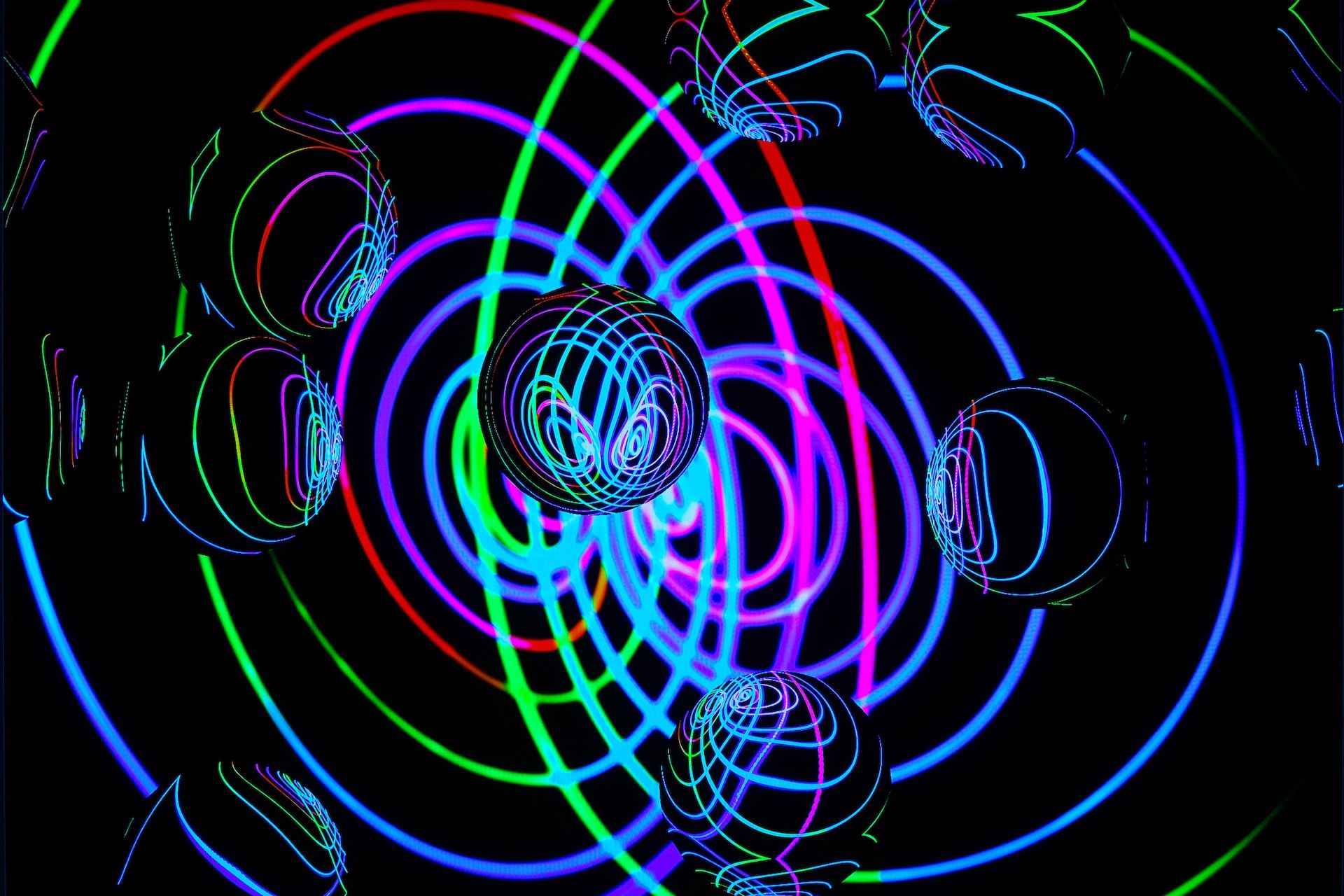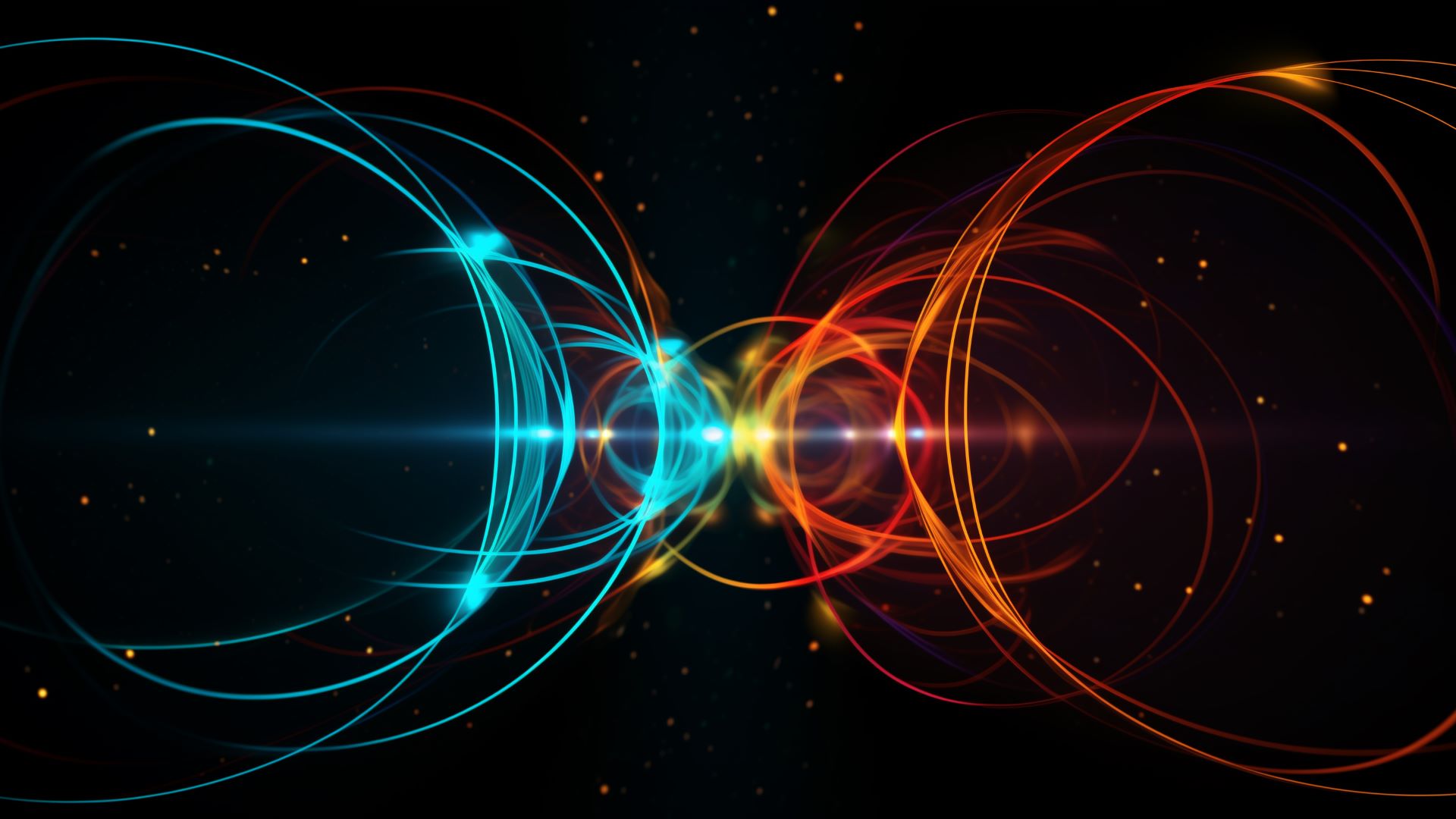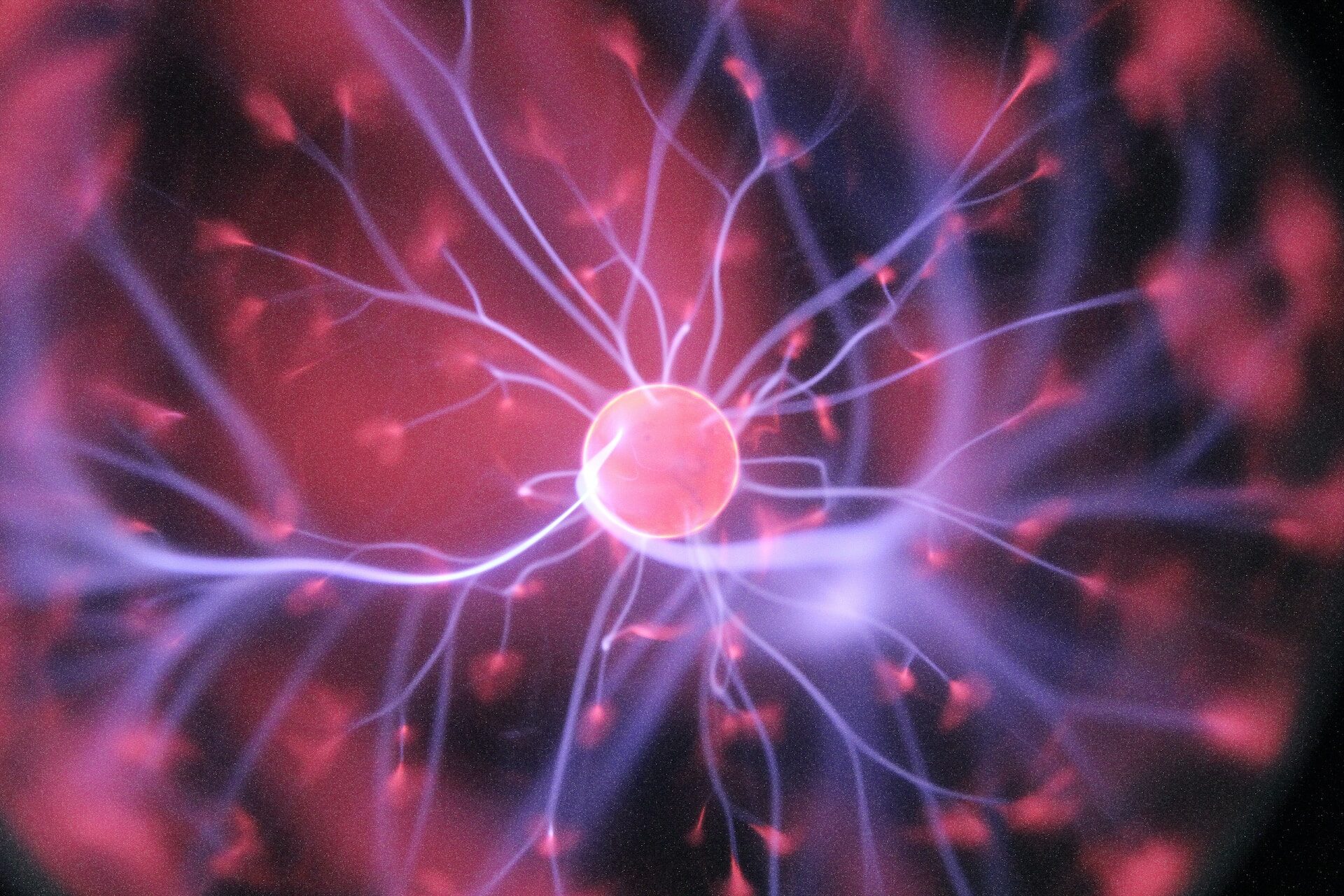
How Many Universes Are There? 5 Multiverse Theories
August 22, 2023 - Lou Farrell
Revolutionized is reader-supported. When you buy through links on our site, we may earn an affiliate commision. Learn more here.
Pop culture has everyone wondering today: how many universes are there? Movies like Everything Everywhere All At Once and Spider-Man: No Way Home are creating huge buzz about the idea of a multiverse. Could parallel universes and alternate realities be real?
Physicists have yet to find concrete proof of other universes. However, some scientific evidence supports the possibility of a multiverse. What are today’s leading multiverse theories?
1. Higher Dimensions
How many universes are there? Well, it could be a matter of how many dimensions there are. One of the most unique theories about the multiverse is the idea that parallel universes exist in tandem with our own, only in higher dimensions of space-time.
Humans only experience the universe in four dimensions: three dimensions of space and one dimension of time, which only moves forward. What if there was another civilization just out of our plane of existence, populated by higher-dimensional beings that experience the universe in five dimensions instead of four? They might be able to move forward or backward through time if they wanted.
The idea of higher dimensions can even help explain the nature of physics as we experience it. For example, the Kaluza-Klein theory unifies Einstein’s theory of general relativity and Maxwell’s equations for electric and magnetic fields. In doing so, it raises the mathematical possibility of higher spatial dimensions beyond the three we know.
M-theory, or unified superstring theory, also offers theoretical evidence of alternate universes in other spatial dimensions. String theory unites general relativity and quantum mechanics under the idea of the universe as many “strings” that vibrate in 10 or 11 different dimensions.
String theory raises the possibility of universes existing on “membranes” in different dimensions of space-time. In this theory, multiverse travel would be a matter of moving between dimensions to get to different membranes.
2. “What If” Realities
Everyone is fascinated by the idea of “what if” universes, alternate realities where history or lives played out differently. This includes “evil twin” universes or an alternate reality similar to ours but with different nations or different historical events. These “what if” universes exist in parallel with our own.
The film Doctor Strange: Multiverse of Madness is a great example of this concept. This Marvel movie features an alternate universe where Peggy Carter became a supersoldier instead of Steve Rogers. A “what if” multiverse is full of changes like this. How realistic is this kind of multiverse, though?
In this case, the big question isn’t “how many universes are there” so much as “what kind of universes are there”. The alternate universes we see in Marvel movies are unlikely to be scientifically possible, but there could theoretically be “evil twins” of our universe as a whole.
Antimatter Universes
Some physicists hypothesize that there could be “antimatter universes”, alternate universes made of antimatter instead of matter. This universe could theoretically mirror our own, but with particle charges flipped and matter replaced by antimatter. Since gravity works the same with antimatter as it does with normal matter, the rules of physics could be the same in the antimatter universe.
The reason many physicists theorize that there truly could be an antimatter alternate universe is due to the lack of antimatter in our universe. We know antimatter exists, but virtually everything in our universe is made of matter despite the fact that there should be equal quantities of matter and antimatter.
This is leading many scientists to speculate that the antimatter the Big Bang should have created was actually used to spawn an antimatter twin of our universe. This doesn’t mean you would find your evil doppelganger in the antimatter universe. However, it does mean there could be a mirror universe out there, much like our own but made mainly out of antimatter.
3. Alternate Timelines
Alternate timelines are a staple of science fiction. Many people who wonder, “how many universes are there” are really referring to different versions of their own lives in alternate timelines. Could we meet different versions of ourselves from other timelines, like Barry Allen in The Flash or Peter Parker in Spider-Man: Far From Home?
Unfortunately, this multiverse theory is most likely pure science fiction. The problem lies in the idea that we can make different choices that spawn an infinite number of alternate universes. Even if there was only one alternate universe for every one of the billions of humans who have ever lived, the number would be beyond human comprehension.
Additionally, the ripple effect of every one of the possible alternate choices that could trigger a new timeline would end up making that timeline unrecognizable. The ripple effects of alternate historical events could easily lead to many people not being born or drastically altering the world. As a result, most alternate timelines would not be similar to our own.
Time Travel
While it likely isn’t possible to visit slightly different timelines and meet different versions of ourselves, time travel is possible. This is due to time dilation, a quirky feature of Einstein’s theories of relativity.
When someone travels at the speed of light, time essentially slows down for them. When they stop traveling at light speed, more time will have passed for the rest of the universe, meaning the lightspeed traveler time traveled to the future.
Astronauts on the International Space Station have to adjust their clocks for time dilation since time moves slightly slower for them in the lower gravity of low Earth orbit. The film Interstellar also grapples with the realities of time dilation due to gravity, although on a much larger scale.
4. Parallel Universes
While similar alternate timelines are probably not possible, distinct parallel universes certainly could be. This version of the multiverse would contain many unique universes that largely follow the same rules of physics but are significantly different from one another. You would not meet your evil doppelganger or discover alternate versions of your own life, but you could visit an alternate version of Earth.
Physicist Michio Kaku explains in an interview with WIRED that Marvel movies actually get this theory right sometimes, specifically in the Thor movies. In the Thor films there are several planes of existence, including Earth and Asgard, the realm of Thor, Loki and the other Norse gods. A magic bridge called the Bifrost connects Earth and Asgard.
As Kaku explains, the Bifrost could actually be an Einstein-Rosen bridge, better known today as a wormhole. The laws of physics allow for wormholes, although scientists are still exploring the possibilities of what exactly wormholes can do. They are often used in science fiction as a form of time travel, but some scientists theorize that wormholes could also form bridges between universes.
5. Chaos Universes
When people ask, “how many universes are there”, they are usually wondering about alternate versions of their own timeline and world. However, it’s also possible that there are many alternate universes that would be completely unrecognizable from our own. In fact, visiting these alternate universes might even be deadly.
For instance, imagine an alternate universe where gravity works slightly differently. Even a minor change in the strength or mechanics of gravity could completely transform the structure of the universe. A multiverse explorer from our universe might be instantly crushed or torn apart upon trying to visit this alternate universe.
“Chaos universes” are theoretically possible in the laws of physics. For example, Einstein’s equations of relativity still work if one reverses the charges of the particles involved. There could be entire universes where every particle that has a negative charge in our universe has a positive charge instead. That might not seem like a big deal, but on the grand scale of a whole universe, it would be a monumental change.
Additionally, many scientists believe the expansion of the universe itself could be creating an infinite number of new universes. Due to phenomena such as the Doppler effect, scientists know the universe is constantly expanding.
The theory of chaotic inflation includes the possibility that this expansion could also include the spontaneous creation of countless new universes, all with completely random conditions. As a result, most of these universes would be unlivable for people from our universe.
How Many Universes Are There?
The most exciting part of asking, “how many universes are there” is that there isn’t a concrete answer yet. Multiverses are theoretically possible within our understanding of physics. It’s highly unlikely that real alternate universes match most pop culture multiverses. However, it’s exciting to realize that it’s scientifically possible for there to be higher dimensional universes or an antimatter universe out there somewhere.
Revolutionized is reader-supported. When you buy through links on our site, we may earn an affiliate commision. Learn more here.




